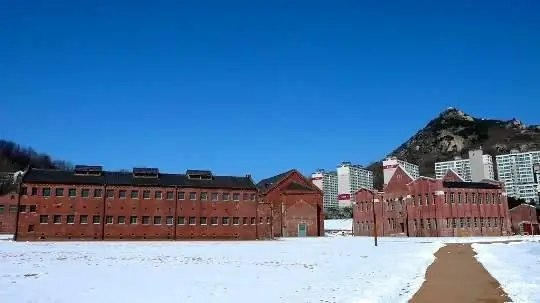
Description of the attraction
Seodaemun Prison Museum is located in one of the 25 districts of Seoul - Seodaemungu. The construction of the prison, which today houses the museum, began construction in 1907. In October 1908, the prison was already opened and was named Jeongseong Hamok. Seodaemun Prison was renamed as early as 1923.
During the period when Korea was a Japanese colony, activists who opposed the colonial regime, those who fought for Korea's independence from Japan, were mainly imprisoned. The prison housed approximately 500 prisoners. After Korea became independent in 1945, the prison continued to function until 1987, and then it was closed.
In 1992, the Seodaemun Prison History Museum became part of Independence Park. Seven out of 15 buildings have become historical monuments. Guests can visit the large exhibition hall, watchtower, basement where Yu Gwang-sung, an 18-year-old activist who took part in the Samil movement (one of the Korean movements during the Japanese occupation) and was tortured to death, was located. On the second floor of the museum, there are exhibitions that tell about the national resistance, the history of the prison and the life of prisoners. Perhaps the most ominous place in the museum is the torture chamber.
According to some reports, about 40,000 fighters for the independence of Korea have been in prison for the entire time, and more than 400 of them died in it.
On the territory of the Independence Park, where the museum is located, it is worth seeing the Arch of Independence, a monument dedicated to the fallen patriots.






